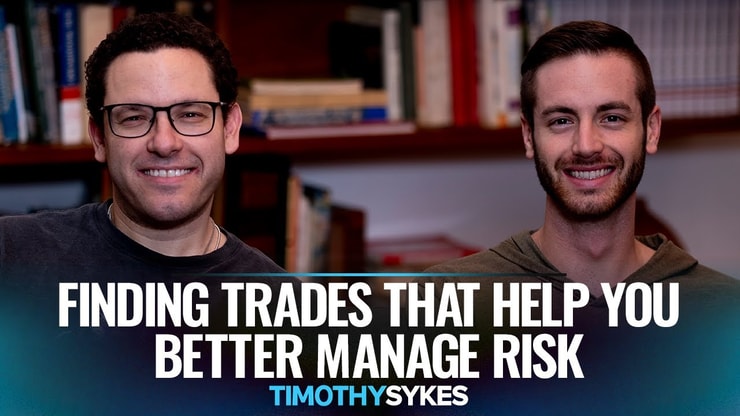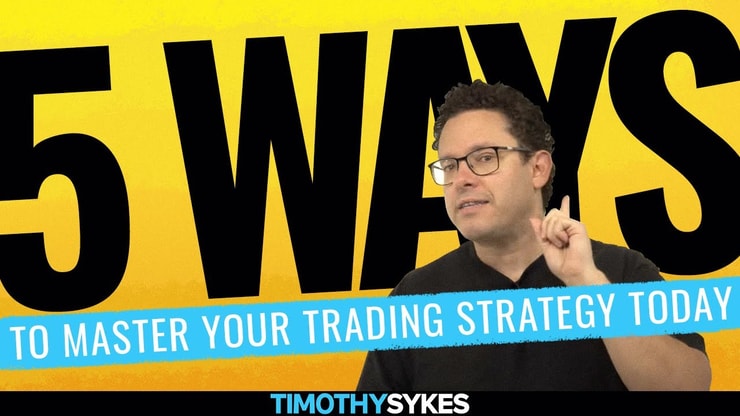Hedging is a fundamental concept in financial risk management that traders and investors use to protect against losses due to market volatility. By using various financial instruments, such as derivatives and options, hedging strategies allow market participants to limit their exposure to unwanted risks. This guide aims to explain the nuances of hedging, detail various strategies, and illustrate how to implement them effectively.
Read this article because it provides you with a comprehensive guide on hedging to protect your investments against market volatility.
I’ll answer the following questions:
- What is hedging and how is it used in financial markets?
- What are some common instruments used for hedging?
- What are the different types of hedging strategies available?
- How do you value a hedge in trading?
- How can you implement a rolling hedge and what are its benefits?
- What steps are involved in implementing a hedging strategy?
- How do you choose the right hedging strategy for your needs?
- Can hedging actually make you money?
Let’s get to the content!
Table of Contents
What Is Hedging?
Hedging in financial markets is the practice of taking an offsetting position in a related asset to balance any potential losses incurred by a primary investment. It serves as an insurance policy that helps to stabilize returns when market conditions are unpredictable.
Common hedging instruments:
- Stocks Options: Put options and call options allow investors to buy or sell assets at predetermined premiums.
- Futures Contracts: Agreements to buy or sell an asset at a future date for a specific price.
- Derivatives: Financial securities whose price is dependent upon or derived from one or more underlying assets.
Using the MACD Indicator can refine hedging strategies by providing clear signals for the timing of hedge entries and exits. The Moving Average Convergence Divergence (MACD) is a trend-following momentum indicator that illustrates the relationship between two moving averages of a security’s price. By integrating MACD into hedging strategies, traders can make more informed decisions about when to initiate or close out hedges based on reliable technical cues. For an in-depth look at how to effectively use the MACD Indicator in your hedging strategy, visit Understanding the MACD Indicator.
What Are Some Reasons for Hedging?
Investors and companies hedge to safeguard their investments and operational budgets from adverse price movements. Hedging can stabilize cash flows and earnings, which is especially important in industries susceptible to wide price swings.
Scenarios for hedging:
- Protection against commodity price increases.
- Currency risk management for international operations.
- Locking in profits from stock positions without selling.
How Do You Value a Hedge in Trading?
Valuing hedging instruments involves understanding the cost of the hedge versus the protection it provides. Valuation methodologies often consider the volatility of the underlying asset, the cost of entering a hedge, and the time frame of coverage.
Key factors influencing hedge valuation:
- Market volatility.
- Hedge duration.
- Correlation between the hedge and the protected asset.
Another valuable strategy to consider when evaluating hedges is the Heikin-Ashi technique. This method modifies candlestick charts to better filter market noise and more clearly depict price trends and reversals, which is crucial in determining the timing and effectiveness of a hedge. Accessing Heikin-Ashi can have a great impact in your understanding of market dynamics, potentially leading to more accurate hedge valuations. For more resources on incorporating this strategy into your trading, see Implementing the Heikin-Ashi Strategy.
What Are the Types of Hedging Strategies?
Diverse hedging strategies are designed to manage different types of financial risks, allowing traders to tailor their approaches based on their specific risk profiles and investment goals.
Incorporating convergence trading strategies into your hedging plan can provide a sophisticated method to capitalize on price inefficiencies while managing financial risks. Convergence trading focuses on the assumption that the prices of closely related assets will eventually revert to a mean, aligning with the fundamental hedging principle of risk reduction. This strategic alignment can enhance the effectiveness of hedging by using statistical correlations and price patterns. If you want advice from expert sources, put my Convergence Trading strategies in your portfolio!
1. One-Off Forward Contracts
One-off forward contracts are agreements to buy or sell an asset at a specified future date at a price agreed upon today. These are typically used for hedging against price changes in currencies or commodities.
Steps to execute a one-off forward contract:
- Determine the asset to be hedged and the desired future date.
- Agree on a price with the counterparty.
- Sign the forward contract agreement.
2. Open Forward Contract
Open forward contracts are flexible versions of the standard forward contracts that allow for settlement over a range of dates.
Advantages:
- Flexibility in choosing the settlement date.
- Can adjust positions as market conditions change.
- Disadvantages:
- Generally more expensive than one-off forwards due to added flexibility.
- Complexity can increase the risk of misunderstanding terms.
More Breaking News
- Director Sells Shares As Ondas Holdings Stock Experiences 4.1% Drop
- BBAI’s Financial Woes: The Path Forward?
- Transocean Shares Tumble: What’s Next?
- Cannabis Stocks Surge as U.S. President Considers Easing Marijuana Restrictions
3. Rolling Hedge
A rolling hedge is used to continuously maintain a hedge against price or rate changes over time. This strategy involves regularly replacing expiring contracts with new ones.
Here are the benefits:
- Ideal for managing ongoing currency exposure for multinational companies.
- Useful in commodity markets to hedge against seasonal price fluctuations.
4. Layered Hedge
Layered hedging involves setting up multiple hedges at different time intervals and price points to provide layered protection.
Companies can hedge a portion of their forecasted sales at different price levels to average out the costs of hedging.
How to Implement Hedging Strategies
Implementing a hedging strategy involves several critical steps from planning to execution:
- Identify the risk exposure that needs to be hedged.
- Select the appropriate hedging instrument.
- Determine the optimal size of the hedge.
- Execute the hedge using chosen financial instruments.
Continuous monitoring and adjustment are necessary to respond to market movements and changes in the hedging instruments’ effectiveness.
How to Choose the Right Hedging Strategy
Choosing the right hedging strategy is crucial for effective risk management and aligns with financial objectives and market conditions.
1. Understand FX Exposure Volume
Tools and techniques for measuring FX exposure:
- Financial analysis software.
- Historical volatility measures.
- Forecasting models.
2. Define Risk Management Goals
Setting clear, achievable goals is essential for any hedging strategy, focusing on reducing risk rather than seeking speculative gains.
Common objectives:
- Minimize foreign exchange losses.
- Stabilize operating costs.
- Protect profit margins.
3. Create a Personalized Risk Management Plan
A personalized risk management plan should consider the specific needs and circumstances of the investor or company.
Framework for developing a plan:
- Assess all exposure points.
- Define acceptable risk levels.
- Choose hedging instruments that meet these criteria.
Key Takeaways
- Hedging is critical for managing financial risk and protecting investments.
- Various strategies from one-off forwards to rolling hedges offer tailored risk management solutions.
- Continuous evaluation and adjustment of hedging strategies are vital due to market changes.
- Effective hedging requires understanding both the instruments used and the specific market conditions.
Trading isn’t rocket science. It’s a skill you build and work on like any other. Trading has changed my life, and I think this way of life should be open to more people…
I’ve built my Trading Challenge to pass on the things I had to learn for myself. It’s the kind of community that I wish I had when I was starting out.
We don’t accept everyone. If you’re up for the challenge — I want to hear from you.
Apply to the Trading Challenge here.
Trading is a battlefield. The more knowledge you have, the better prepared you’ll be.
Is hedging part of your trading toolkit? Write “I’ll keep it simple Tim!” in the comments if you picked up on my trading philosophy!
Frequently Asked Questions
Does Hedging Work in All Markets?
Hedging can be effective in most markets, but its success depends heavily on choosing the right strategy and instruments for the specific market conditions.
Can Hedging Make You Money?
The primary goal of hedging is not to generate profit but to protect against losses. However, if implemented well, it can lead to financial gains by stabilizing returns and reducing potential losses.
What Investments Are Used to Hedge?
Common financial instruments used in hedging include options, futures, derivatives, and forward contracts. Each of these can serve as a hedge against various types of risks, from currency fluctuations to commodity price changes, depending on how they are used.
How Do Diversification, Liquidity, and Direction Influence Hedging Effectiveness?
Diversification spreads risk across various assets, enhancing hedging effectiveness by reducing exposure to a single market direction; liquidity ensures that hedging positions can be entered and exited at optimal prices; and understanding market direction helps in selecting the right hedging instruments and timing their application accurately.











Leave a reply